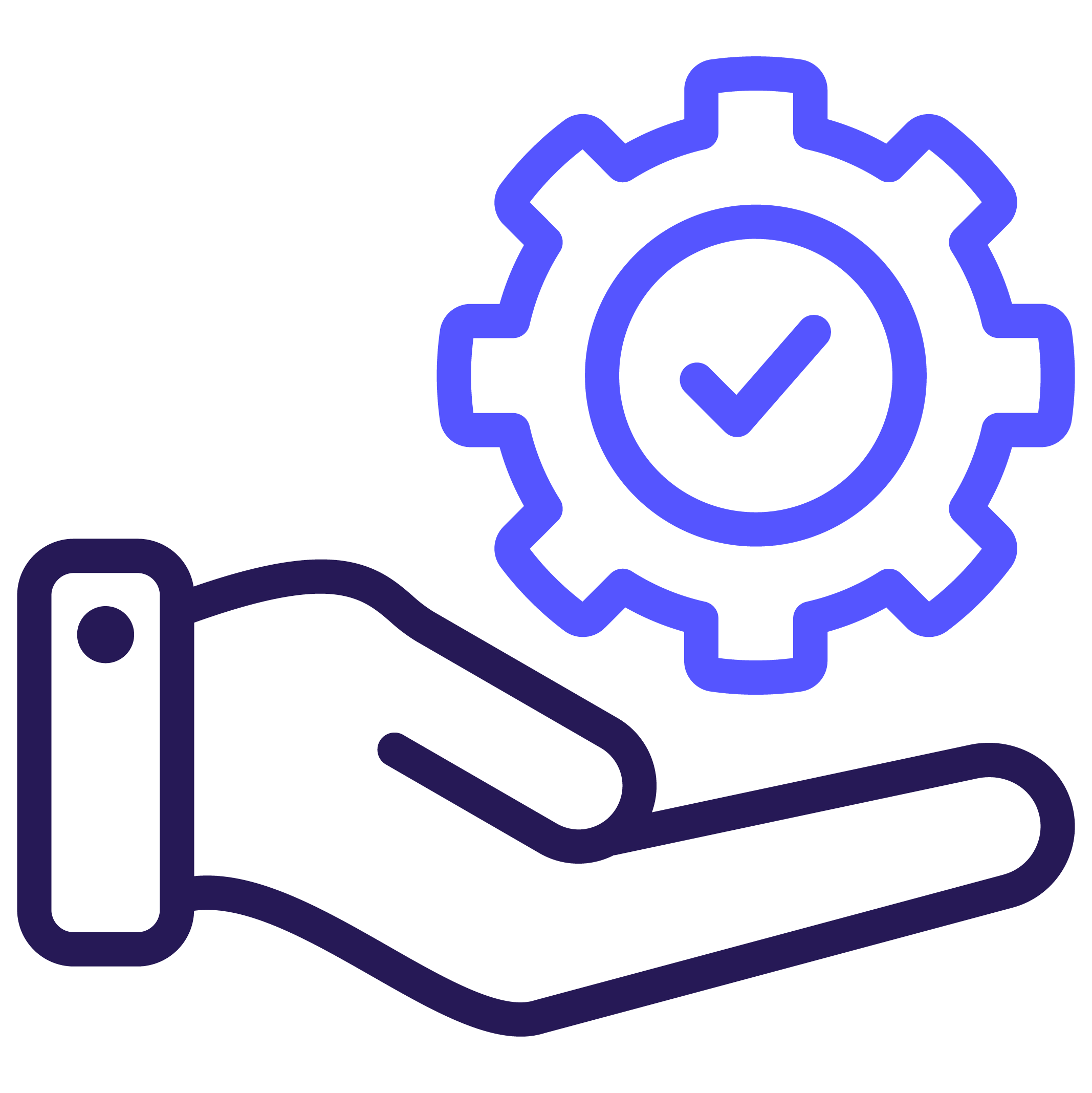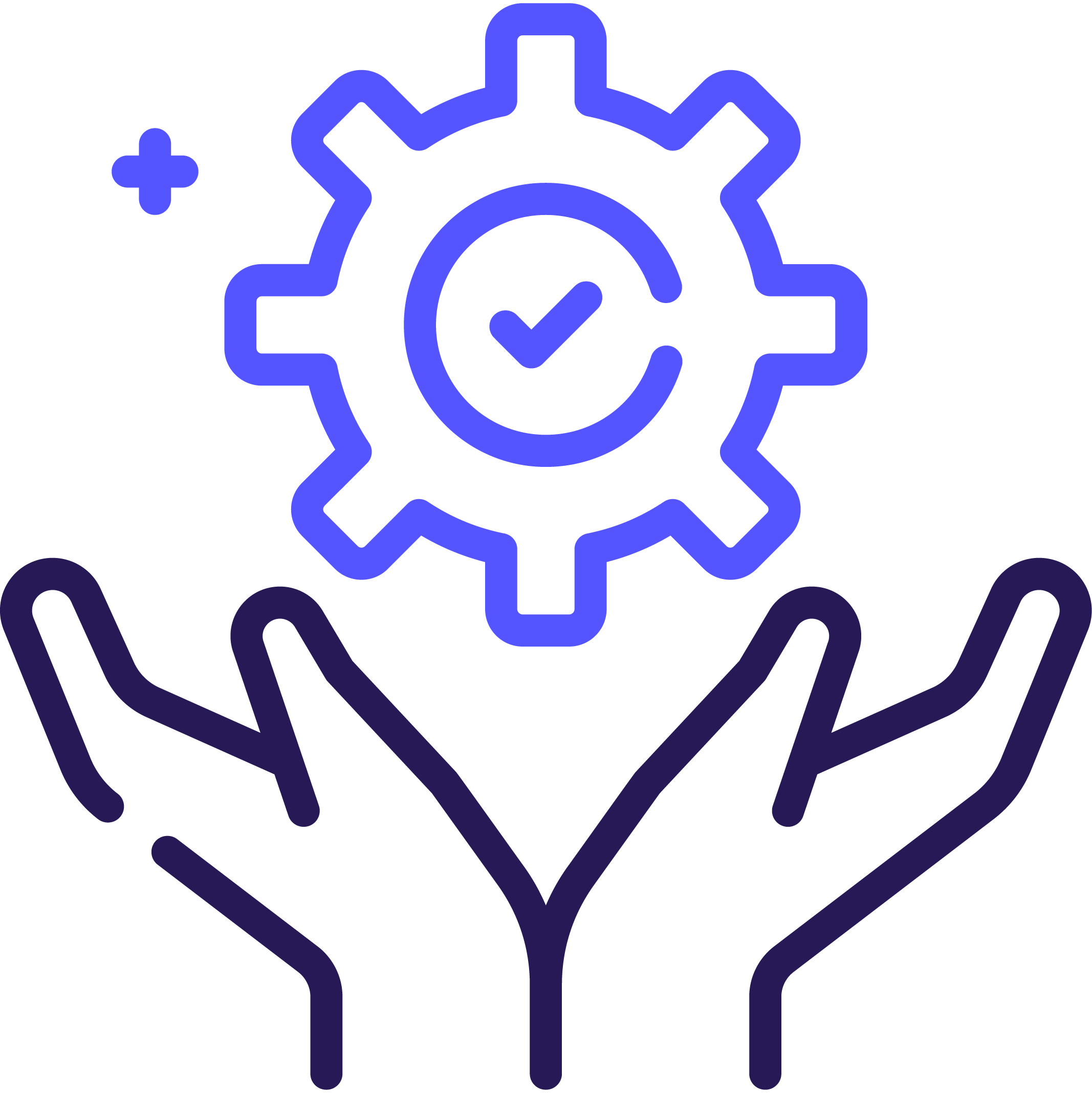Our Services

Consulting
Our AI consultants align business goals with technical needs, identify the right opportunities and solutions.

Strategy
We develop a tailored AI adoption roadmap designed around your organization’s

Adoption
We turn strategy into execution—deploying AI solutions effectively, securely, and at speed.

Enablement
We empower your teams to confidently use new AI tools through practical training, playbooks, and hands-on support.

Support
We offer continuous technical and knowledge-based assistance to minimize friction and maximize adoption success.

Governance
We help you implement enterprise-grade AI governance frameworks to ensure your AI initiatives are secure, compliant, and well-managed.






